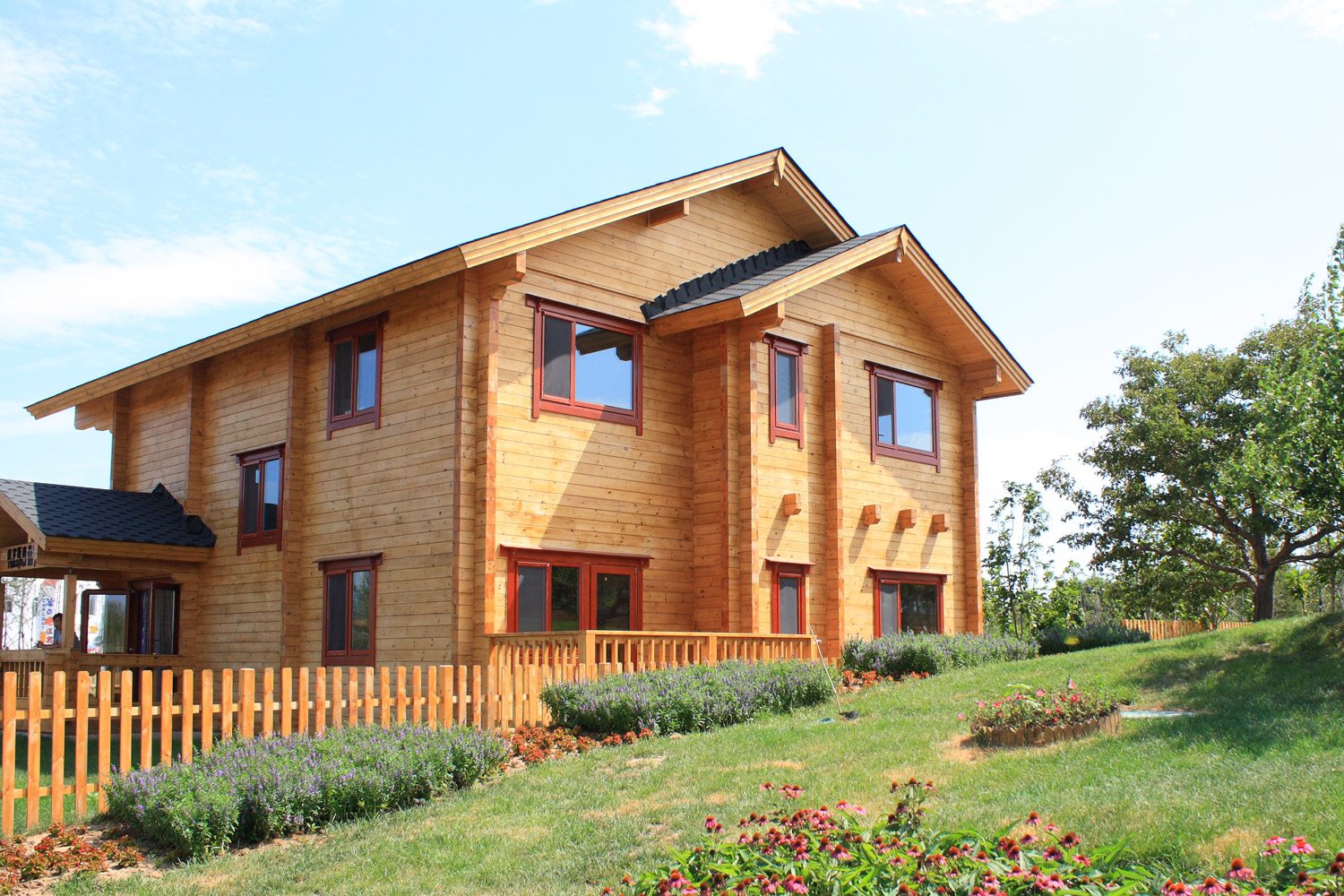That’s it. It doesn’t matter how cold it still is here in Toronto, it’s June and that means summer.
Just in case you’re looking for something to do outside this summer, it’s a great time to paint your home’s exterior.
What?! Who paints the outside of their house anymore?
While it may not be as common as it used to be, painting even your durable vinyl or metal siding can be one of the fastest ways to increase the curb appeal of your home.
The Four Different Surfaces You Might Need to Paint Outside Your House
While it’s a great way to update the look of your house, painting your home can mean having to paint at least four different surfaces. And that means four different painting processes.
Here are the different surfaces you might need to paint on your house and some of what you’ll need to keep in mind.
1. Wood
The older your home, the more wood it is likely to have. Wood is the most ‘high-maintenance’ surface you’ll need to paint outside your home. First, it must be painted at least every 10 years or so to help preserve it. Second, you will need to strip and sand any peeling or bubbling paint before applying any new coats. And there’ll be more peeling and bubbling than you think.
2. Aluminum
Still a popular siding material, there’s one very important thing to remember when painting aluminum: use an oil-based primer. Latex paint has a slight reaction with aluminum, which can result in bubbling and premature cracking and peeling.
3. Vinyl
Perhaps the most popular material for siding due to its relatively low cost and high durability, vinyl is also one of the easiest to paint. If you clean it as best you can, you’re off to a great start. And you don’t need a primer coat. The main ‘characteristic’ of vinyl that can be frustrating to paint is it’s patterns and textures, like those on a garage door. They can make painting with a brush or roller more difficult than usual, so consider spray painting textured vinyl surfaces.
4. Brick
It’s surprising how many older homes you see with painted brick exteriors. But its uneven surfaces make it a tougher paint job and residential brick was never made to be painted. So not only is it not an easy task, but the paint’s lifespan is relatively short. It usually needs to be repainted more often than wood.
We’re not trying to scare anyone away from painting the outside of the house, but it can be a big project. Preparation is key, and knowing the characteristics of every different surface you’ll need to paint is key to preparation.


